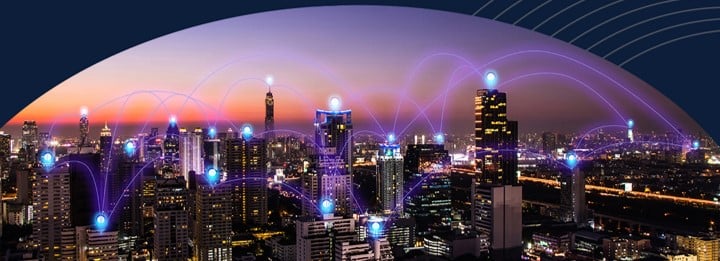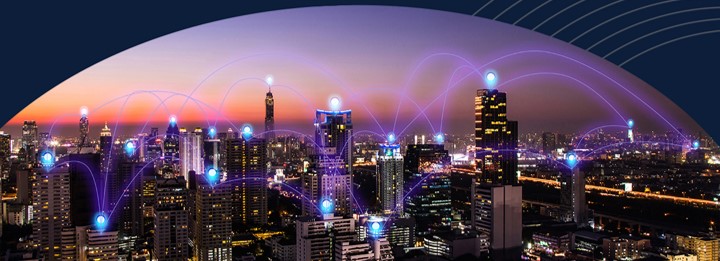Enter your details here to Subscribe:
When we think of development, often, our first thoughts are aligned with the masses. However, this broad brush may take many of the marginalised communities for granted. These could be people from a particular economic section, certain remote geography, a specific gender, senior citizens, people with certain physical attributes etc. Effectively all who are somewhat disconnected from the rest of society, often without a voice or the resources to make themselves heard.
These marginalised communities face significant challenges regarding accessibility, affordability, and oversight. These factors can lead to a lack of new perspectives and opportunities for growth.
- Accessibility issues can make it difficult for community members to access essential services or participate in the larger economy.
- Affordability problems can prevent individuals from living in safe and stable environments.
- And oversight issues can leave communities without effective government or private sector representation. These challenges must be addressed to achieve greater equality and opportunity for all.
Inclusion: The need of the hour
However, to achieve all-around development, any section of society cannot be ignored. Governments around the world strive for inclusion of the marginalized communities across various dimensions like:
- Financial inclusion: To provide access to financial services for everyone, regardless of their economic situation. This enables them to effectively partake in the economic development of the country.
- Social inclusion: Ensuring that everyone has an equal opportunity to participate in social activities and interactions. This can include access to education, healthcare, and employment opportunities.
- Cultural inclusion: This initiative works to ensure that all cultures are represented and respected. This includes promoting Diversity and Inclusion and ensuring that all voices are heard in various forums.
While governments provide the political will and policy framework to enhance inclusion, the importance of having the right technology platform can not be stressed enough. Other enablers like process and people orientation (for ease of adoption and affordability) also rely on the technology framework for enablement.
How is technology enabling the inclusion of marginalised communities?
Technology solutions can be vital in promoting social cohesion and integration in an increasingly connected world. By providing a means for the inclusion of marginal communities, they can help to bridge the gap between different groups. Information and Communications Technology (ICT) has the potential to play a transformative role in the lives of marginalised communities. While there are multiple technologies that are instrumental to this enablement, the key technological canvass that forms the pillars for development are:
- Digital Platforms: In many ways, digital technologies have become an invisible infrastructure – the backbone on which our lives depend. Just as we rely on physical infrastructures like roads and bridges to get around, we now rely on digital infrastructure to access information, stay connected, and conduct business. It includes all the platforms and applications for various services. By designing digital platforms with marginalized communities at the centre, we can minimise the divide and ensure a more included society.
- 5G technology: 5G is bringing inclusion to marginal communities in many ways. First, 5G provides faster mobile internet speeds that can help close the digital divide. Second, 5G can enable new applications and services that can help improve productivity and access to information for marginal communities. For example, 5G can enable e-education and e-health applications to provide access to quality education and healthcare facilities even in rural areas. Third, 5G can help connect people in marginal communities with essential services. For example, 5G can enable emergency responders to provide real-time assistance to people in remote areas. Fourth, 5G can help promote economic development in marginal communities by allowing new businesses and industries to develop and flourish. In effect, 5G stands to have a transformative impact on these communities.
- Broadband: A study by the World Bank found that a 10% increase in broadband penetration can lead to a 1.38% increase in GDP for low and middle-income countries. This relationship is sometimes called the "virtuous circle of broadband". Broadband stimulates economic growth, which leads to more investment in broadband infrastructure and further economic development. Furthermore, according to another study by the World Bank, broadband is an essential developmental tool in emerging economies. It is, therefore, clear that broadband plays a vital role in driving economic growth and prosperity.
Both 5G and Broadband underscore the importance of telecommunications infrastructure in the cause.
Case study: How India is fostering inclusion and resilient growth by riding on ICT
The Government of India has been pioneering digital technologies for service delivery and enhanced transparency. Multiple policy changes have been implemented to further the financial and social inclusion of marginalized communities. The Aadhaar platform (a unique identification for every citizen) and the Unified Payments Interface (UPI, a low-cost digital payment platform) are just two of such initiatives. While the Aadhaar platform has become almost indispensable for financial transactions (bank accounts, filing tax returns, etc), UPI has enabled low-cost microtransactions digitally. Combined, the two have enabled the financial inclusion of the poor by providing easy access to digital banking systems.
This also enabled easy identification and rollout of financial benefits to the right people during the recent pandemic. Also, an Aadhaar and mobile-linked vaccine tracking system provided easy access to the vaccines to all irrespective of any differentiation leading to true inclusion.
Both these platforms have been very successful in their adoption and usage. With over 1.2 billion registered Aadhaar users, numbers were registered, and over 830 million UPI transactions have been processed since its launch in 2016, these platforms have made life easier for citizens and helped save billions in terms of faster and more efficient service delivery.
Conclusion
While digital inclusion is not a silver bullet for all forms of exclusion, it can be a powerful tool for promoting equality and bridging social divides. By ensuring everyone has an equal opportunity to participate in the digital economy, we can create a more inclusive society.
Inclusion is about bridging the gap between what we have and what we want to be. When it comes to connecting marginalised communities, technology can help by providing a level playing field and equal access to opportunities. Technology can help us to communicate with people who are marginalised and build relationships of trust. It helps break down barriers and build understanding between people who might not otherwise interact. This is a positive trend that should be celebrated and encouraged. However, there is still much work to ensure everyone has access to these technologies. If you have any thoughts or experiences on this topic, we would love to hear from you in the comments below. Thank you for reading!






